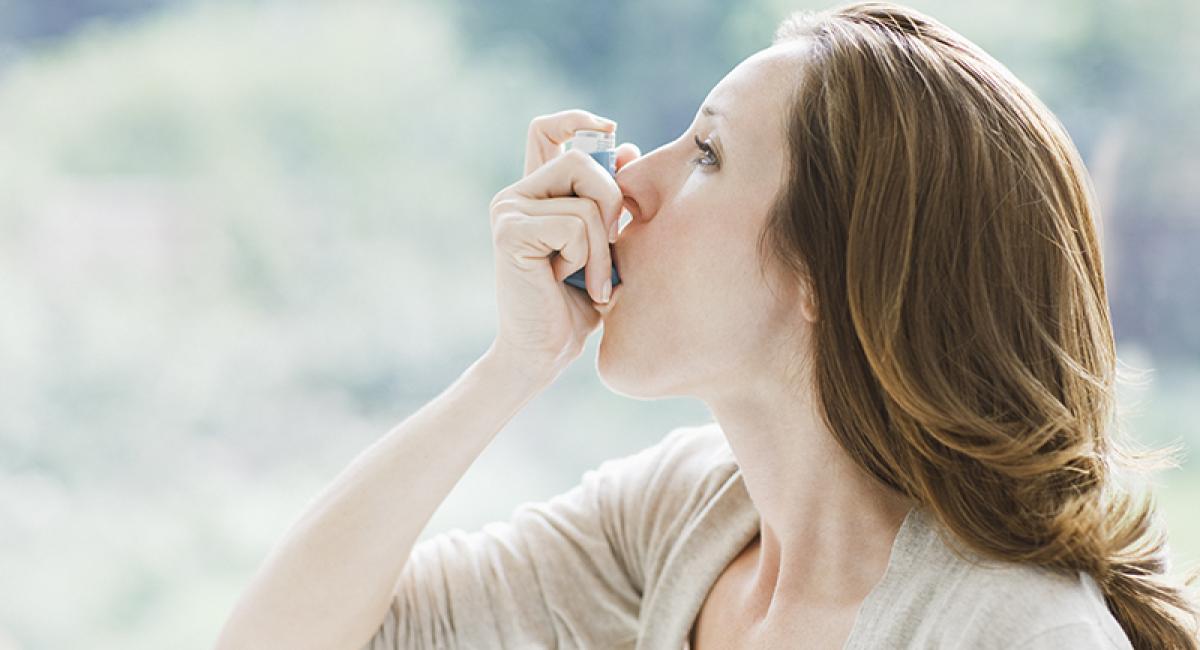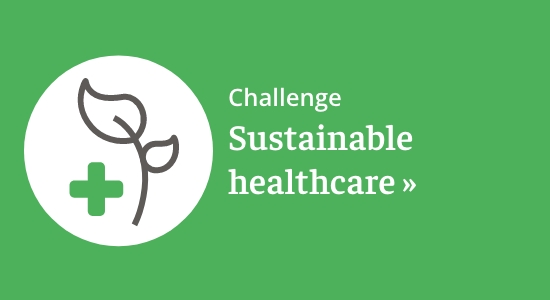
Patients with asthma or COPD had less frequent contact with general practitioners during the COVID-19 pandemic
Patients with asthma and COPD contacted the general practices and out-of-hours general practice services (OOH services) less frequently during the COVID-19 pandemic than before the pandemic. In addition, these patients received more care by telephone, while face-to-face consultations decreased. This shift does not seem to have had any adverse effects on the health outcomes of these patients in the short term, while this is still unclear for the long term. These are the main conclusions of research done by Nivel in collaboration with University Medical Center Groningen, Radboud University Nijmegen Medical Center, and Maastricht University Medical Center+. The results were published in the scientific journal Nature Partner Journals Primary Care Respiratory Medicine.
To investigate the use of care through general practitioners by patients with asthma and COPD we used deidentified routinely recorded electronic health records data from 2019 and 2020. These originated from general practices in the north, east, and south of the Netherlands and from OOH services across the Netherlands. This research is part of a broader ZonMw-subsidized two-year project aimed at investigating the changes in the organization and use of care in general practices and OOH services during the COVID-19 pandemic.
Patients with asthma or COPD had fewer contacts with general practitioners
During the COVID-19 pandemic (2020), patients with asthma or COPD contacted general practices (during office hours) 15% less frequently than during the pre-pandemic period (2019). For OOH services the contact rate was reduced by even 28%. This may be explained by the occurrence of fewer exacerbations due to reduced circulation of respiratory viruses resulting from the imposed containment measurements (i.e. social distancing, face masks). A decrease in air pollution because of less traffic during the pandemic may also have contributed. Moreover, patients may have avoided general practitioners’ care for fear of getting infected with SARS-CoV-2, which may have resulted in improved self-management. However, it remains unclear to what extent these reasons played a role in the reduction of contact rates.
Patients were increasingly helped through telephone consultations
The proportion of telephone consultations of patients with asthma and COPD during the pandemic year of 2020 increased by 13%-point in general practices and 12%-point in OOH services, compared to 2019. Simultaneously, the proportion of face-to-face contacts decreased. Patients had more contact with the OOH services by telephone throughout 2020, while the proportion of phone consultations they made with general practices during office hours started decreasing in the summer of 2020. A possible explanation for this can be that general practitioners in general practices might feel more need to physically consult with their own patients again, while general practitioners at OOH services may have become more accustomed to providing care remotely (i.e., telephone contacts).
About the study
This research project was a collaboration between Nivel, University Medical Center Groningen (UMCG), Radboud University Medical Center (Radboud UMC), and Maastricht University Medical Center+ (Maastricht UMC+). In this study, we used three electronic health records-based repositories for GP practices in the Netherlands. These included the Academic General Practitioner Development Network (Academische Huisartsen Ontwikkel Netwerk – AHON), the Family Medicine Network (FaMe-Net), and the Research Network Family Medicine Maastricht (RNFM). The registration data of the OOH services was obtained from the Nivel Primary Care Database (Nivel-PCD).



